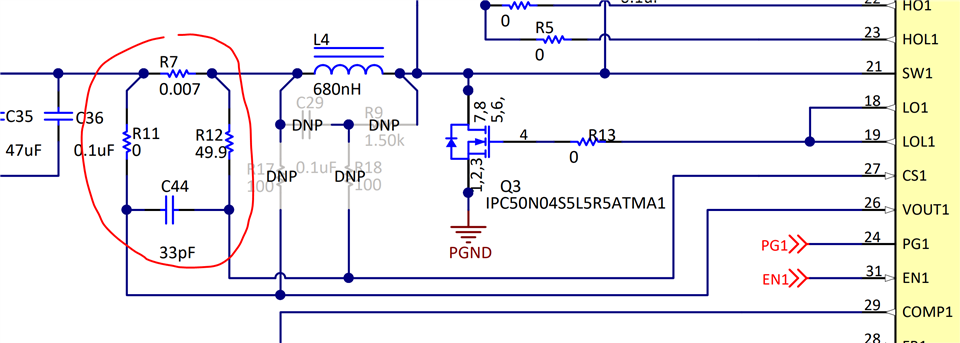Other Parts Discussed in Thread: LM25143-Q1, LM5143, LM25143
Hi Team,
Can you help to double check the schematic of U4002 (LM5143-Q1) ?
The quick calculation toll result and FET spec are in the Zip file already.
mpci_ti_parts_20220811_pwr_Kai review.pdf
Thanks!
Kai


